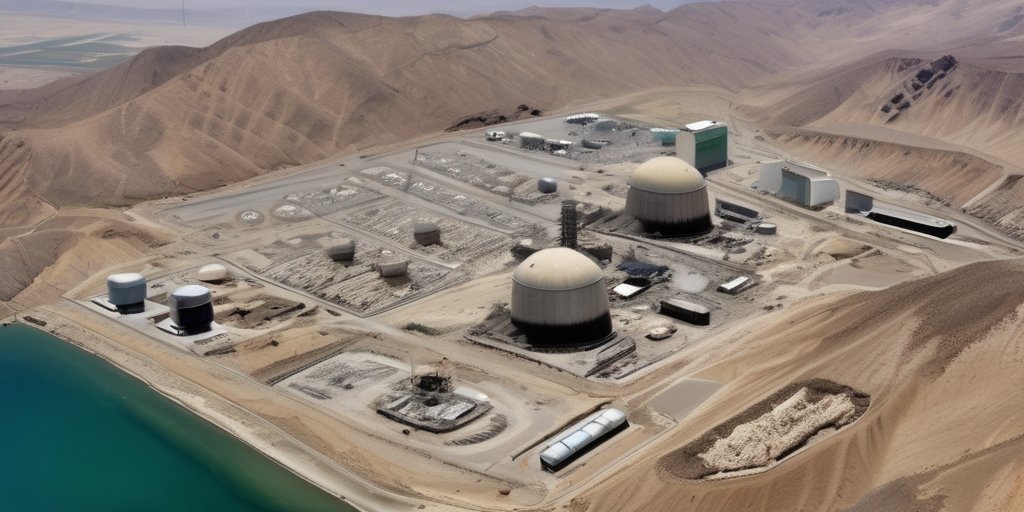In the wake of recent military action against Iran, President Donald Trump has staunchly defended the US strikes as a historic success. The operation targeted three critical nuclear sites: Fordo, Natanz, and Isfahan, utilizing advanced bunker-buster bombs designed to penetrate extensive earth and concrete depths. Despite the President’s assertions that these strikes have “completely destroyed” Iran’s nuclear capabilities, a preliminary intelligence evaluation from the Pentagon has raised significant doubts about the effectiveness of the operation.
The report suggests that while some damage was inflicted, Iran’s nuclear programme remains largely intact, potentially set back by only a few months. The assessment indicates that crucial infrastructure, particularly deep underground facilities, sustained minimal destruction, as bombings primarily impacted aboveground structures. Furthermore, sources indicate that Iran had strategically moved portions of its enriched uranium stockpile before the strikes, complicating the assessment of the operation’s success.
The White House has dismissed the leaked intelligence findings as “flat-out wrong,” attributing them to a “low-level loser in the intelligence community.” Conversely, Trump has reiterated his stance, stating that the military action was one of the most effective strikes in history. This has provoked a spectrum of responses from various political figures, including Congressman Brad Sherman, who criticized the administration for vague victory claims amidst ongoing uncertainties regarding the actual outcomes of the bombing mission.
Moreover, the assessment by various military and intelligence officials highlights the complexities involved in evaluating the strikes’ true success. Satellite imagery reveals the impact of the bombings, showcasing craters at the Fordo site but leaving ambiguity around the extent of the strike’s effectiveness against Iran’s nuclear ambitions.
In the face of conflicting narratives and intelligence assessments, the Biden administration’s challenges regarding Iran’s nuclear programme continue to endure, exacerbated by the turbulent geopolitical landscape. As details unfold, the implications of this military engagement are likely to remain a contentious topic in both political and public discourse.
